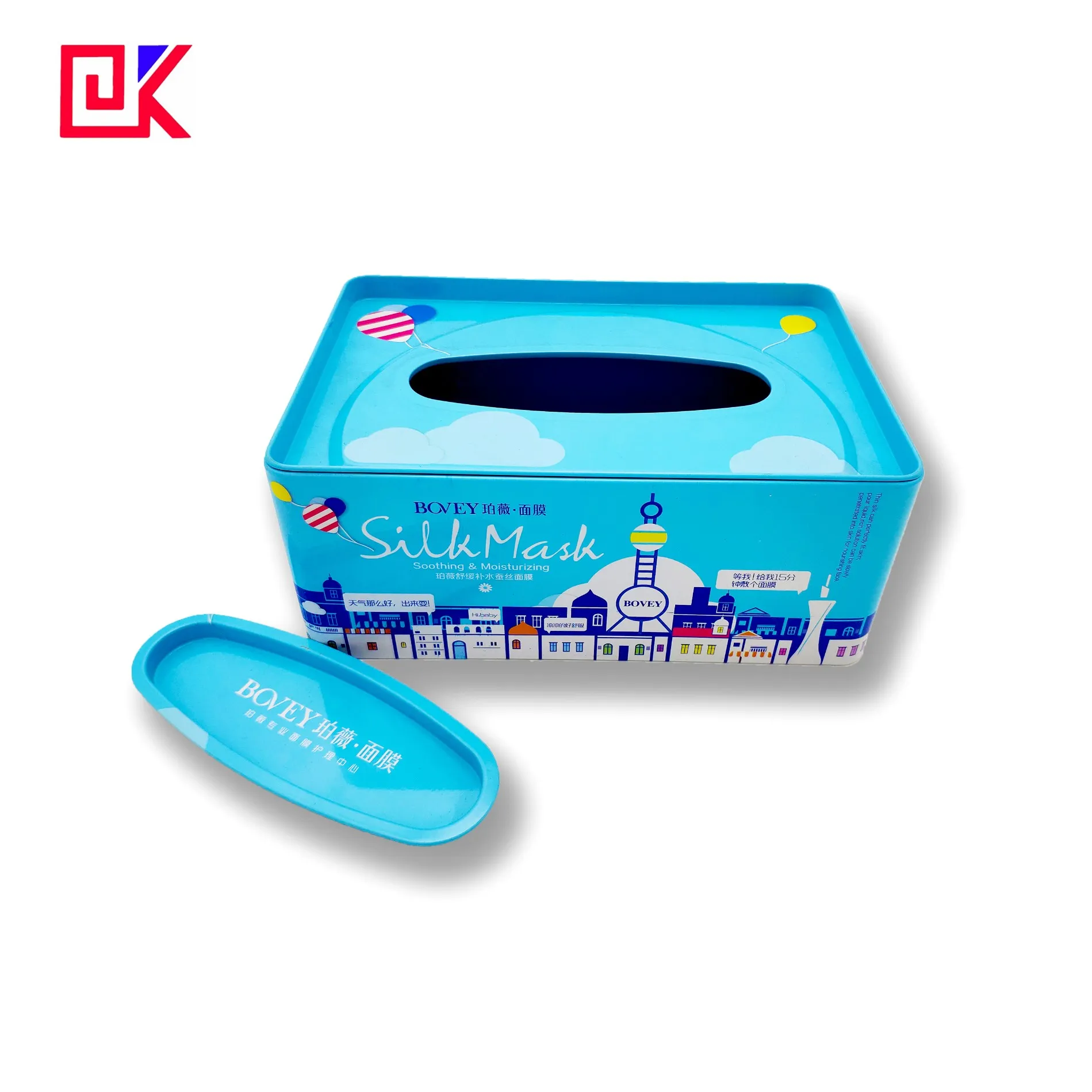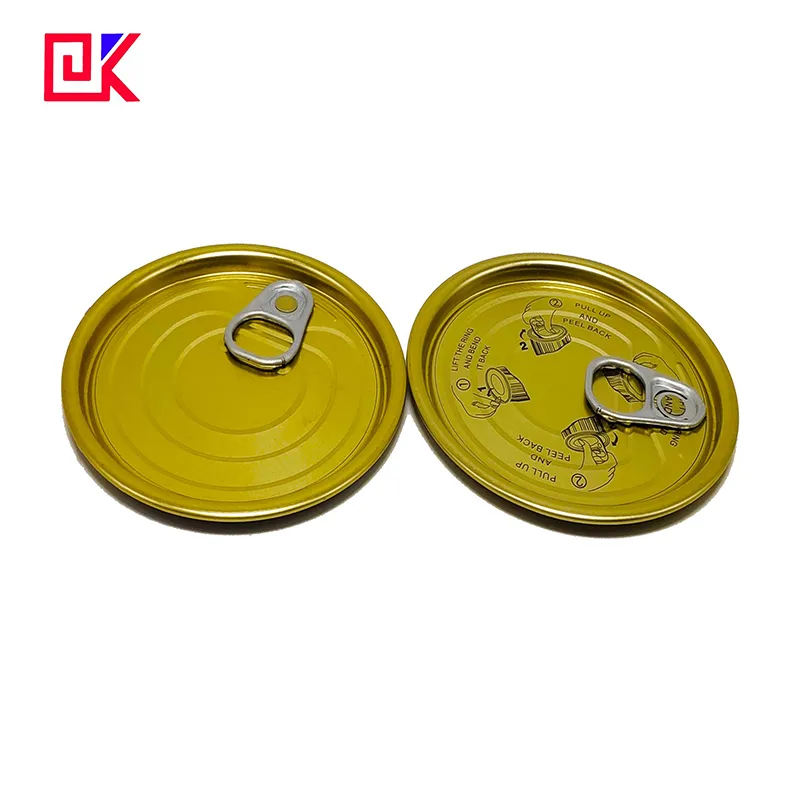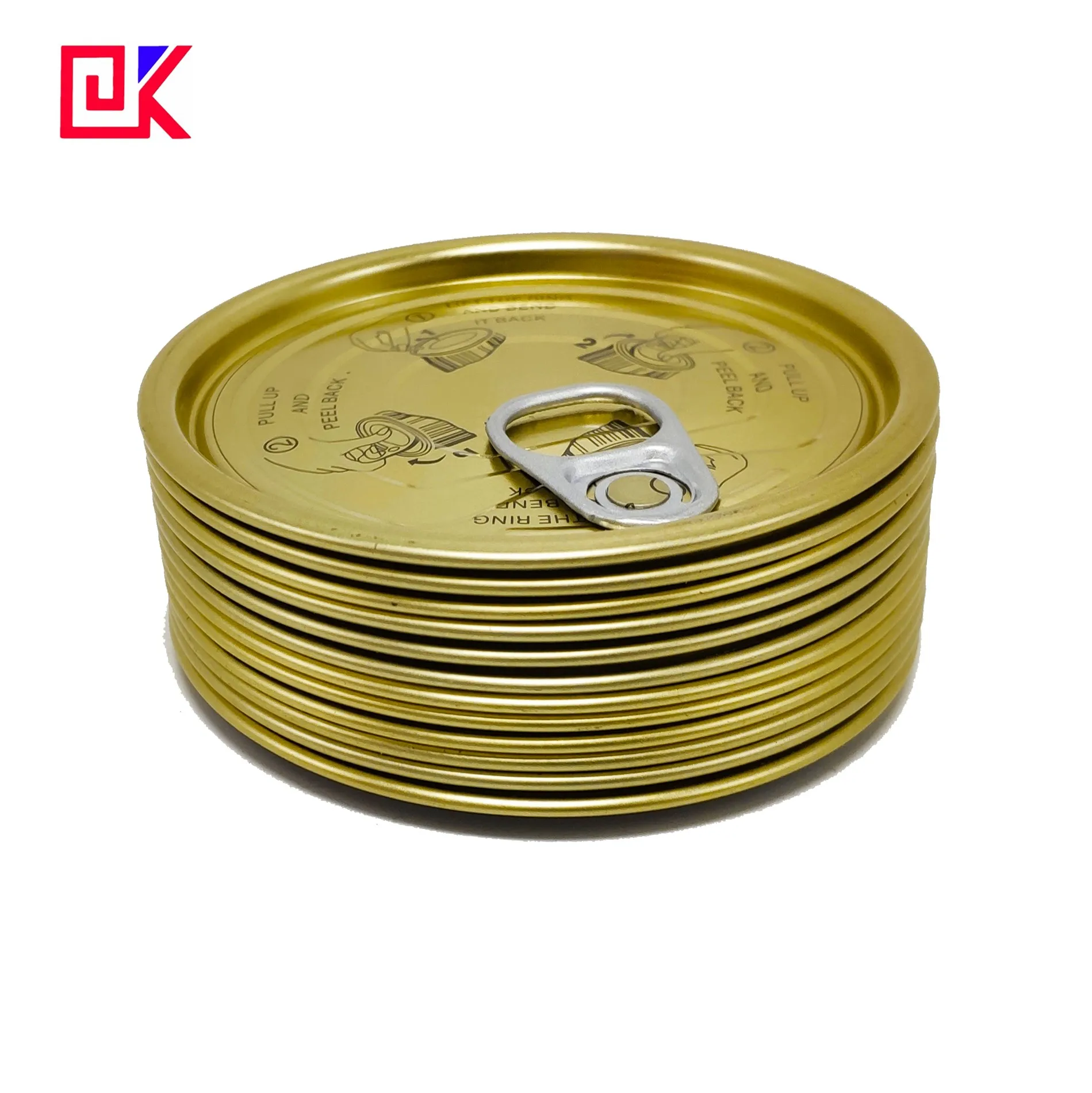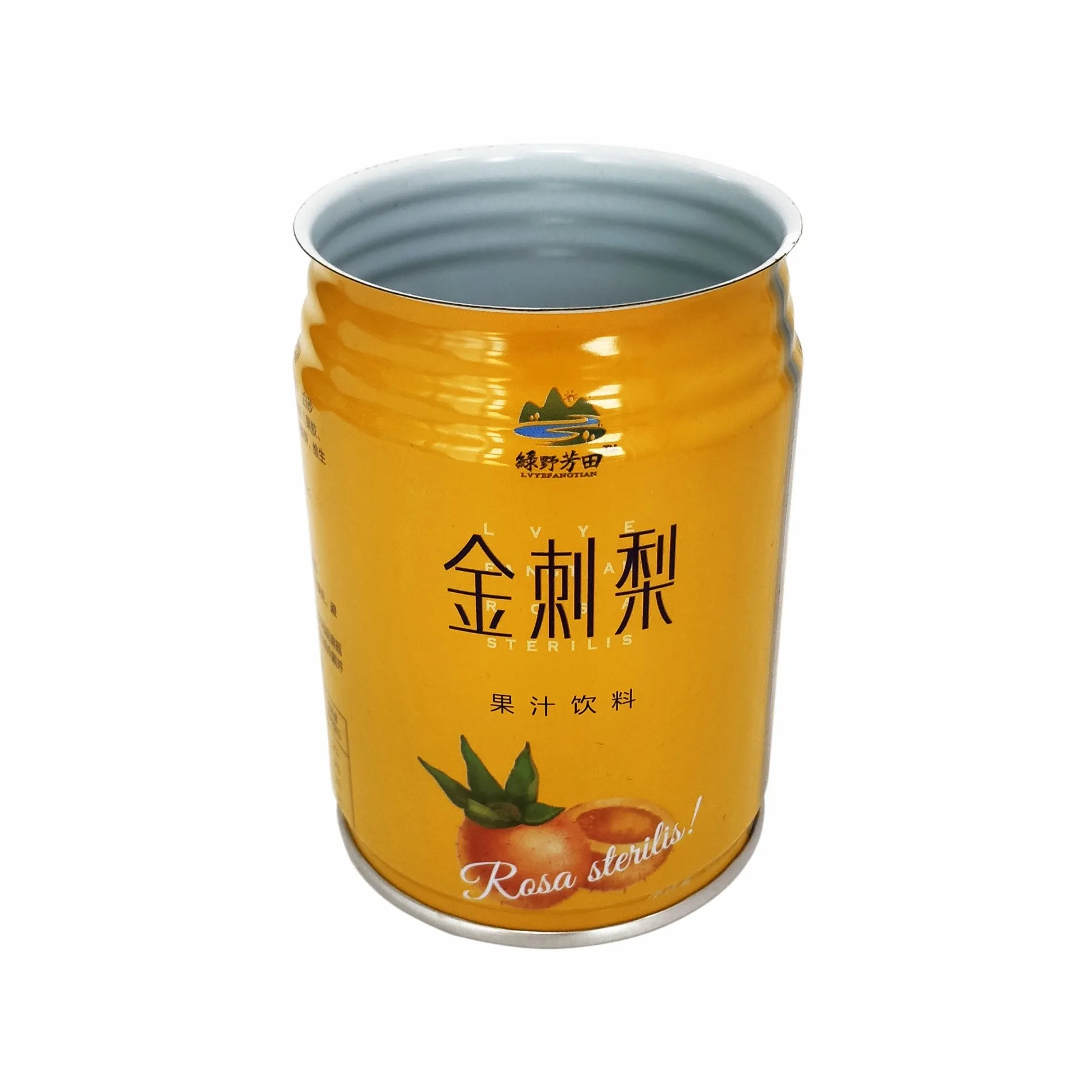As a widely used packaging material in daily life, tin plate cans are widely used in food, beverage, cosmetics, chemicals and other industries with their good sealing and corrosion resistance. Although we often come into contact with tin plate cans, many people may not be familiar with its components, the names of its parts and the functions of each part. This article will explore the structure of tin plate cans in depth, from the name of the top to the other main parts of the can body, to explain the various parts of tin plate cans and their functions.

What is the top of tin plate cans called?
1. Why is the top of tin plate cans called "can lid"?
The top of tin plate cans is usually called "can lid" or "lid", which is used to close the can body and isolate the internal contents from the outside world. Depending on the purpose, the tin plate cans lid will adopt different designs, such as the "easy-pull lid" commonly seen in food cans, which can be opened directly through the ring pull ring when in use; while in chemical cans or aerosol cans, screw lids or nozzle lids will be used to meet different opening needs. The lid of a tin plate can usually has a high degree of sealing. Through special sealing treatment, it can effectively prevent the entry of oxygen and moisture, thereby extending the shelf life of the contents of the tin plate cans.
2. What is the difference between a pull-tab lid and other lids?
A pull-tab lid is a lid that is easy to open. It is usually seen on beverage cans, food cans and other products. It can be opened without tools. The design of the pull-tab lid is mainly made of aluminum, with a pull ring in the center, which can be torn open by gently pulling it up. This type of lid is convenient for consumers to use, but the stability and safety of opening must be ensured during production, while sharp cuts must be avoided to affect the user experience.
3. Will the material of the tin plate can lid affect the overall function of the can body?
Although the lid of a tin plate can is made of the same metal material as the can body, the material and thickness may be different. The lids of food cans and beverage cans are usually specially treated to have corrosion and oxidation resistance to meet the long-term storage needs of the food in the can. For some cans for non-food purposes, the material and process of the lid may be simplified. Therefore, can lids of different materials and designs will have a direct impact on the overall function of the can body.

What is the main structure of the tin plate can body?
1. What is the material of the tin plate can body?
The can body, which is the main component of the tin plate can, is the main space for accommodating the contents and is usually made of tinplate material. Tinplate is a thin tin-plated steel sheet that retains the strength of iron and has the anti-corrosion properties of tin. Since the tin plate can body is at the core of the can body, it is required to have good strength and compression resistance to ensure the safety of the contents during transportation and storage.
2. Will there be printing on the tin plate can body?
The can body is the main carrier for brand promotion and information communication, so it is usually printed in color to display the brand logo, product name, instructions for use, etc. The printing ink needs to be specially treated to ensure that it does not affect the quality of the contents of the can. Different product categories will use different printing processes according to market demand, including offset printing, screen printing, etc., to make the product attractive in appearance.
3. Does the thickness of the can body affect the use?
The thickness of the can body is directly related to the safety of tin plate cans. Generally speaking, tin plate cans with thicker can bodies are more suitable for storage of high pressure or carbonated beverages, while thinner can bodies are often used for products that do not require strong sealing, such as powders and foods. The reasonable choice of can body thickness not only ensures the sealing and strength of the product, but also avoids unnecessary cost increases.

What is the function of the bottom of tin plate cans?
1. Why is the bottom of tin plate cans designed to be concave?
The concave design of the bottom of the can is a common feature of tin plate cans. This structure not only enhances the pressure resistance of the can body, but also ensures the stability of the can body to a certain extent, avoiding deformation or rupture of the can body during storage and transportation. Especially for cans that bear a certain internal pressure, such as carbonated beverage cans, the concave bottom helps the can body remain stable during pressure changes.
2. Why is the bottom of tin plate cans usually thicker than the can body?
The bottom of tin plate cans needs to bear the weight of the can body and often contacts the plane, so it is usually slightly thicker than the can body to improve the compressive strength. Especially in canned beverages containing carbonated gas, the thickness and shape of the can bottom design are more important, which can effectively avoid problems such as bottom expansion and unstable can body.
3. Will there be information printed on the bottom of tin plate cans?
In most cases, the bottom of the can will print information such as production date and batch number for easy traceability and supervision. Through special gravure printing technology, manufacturers print this information on the bottom of the can, which not only ensures the clarity of the information, but also avoids interference with the printing on the can body.
Is there a special protective coating on the inner wall of the can?
1. What is the role of the coating?
The inner wall coating of tin plate cans is a food-grade coating, which is mainly used to isolate the direct contact between the can body and the contents to prevent chemical reactions between metal and food or liquid. Especially for contents with strong acidity or alkalinity, such as ketchup, carbonated beverages, etc., if there is no coating, the can body may produce unsafe chemical reactions due to corrosion, thereby affecting the quality of the contents.
2. What is special about the coating material?
Food-grade coatings are usually made of materials such as polyester or epoxy resin, which have good corrosion resistance and isolation properties, ensuring the safety and flavor stability of the food in the can. To ensure that they are non-toxic and harmless, these coatings must undergo strict quality testing and meet national or international food safety standards.
3. Will the presence of the coating affect the recycling of metal cans?
The coating can be removed through a specific process during the recycling process, so it will not have much impact on the recycling of metal cans. However, ensuring the degradability and safety of the coating remains a major environmental challenge for the packaging industry.

How do the various parts of tin plate cans work together to ensure product quality?
1. How to ensure sealing performance?
The sealing of tin plate cans depends on the joint action of the lid, can body and coating. The can lid is tightly connected to the can body by mechanical edge sealing to form a completely sealed structure, which effectively prevents the infiltration of air and moisture. In addition, the close combination of the can body and the lid requires additional protection from the coating to avoid corrosion at the joints.
2. How does the structural design of the can body help storage safety?
Tin plate cans improve overall stability and pressure resistance through bottom depression and lid design, making it less likely to deform under high pressure, collision and other conditions. This structural design is particularly important for the storage of gas-containing and acidic liquids, which can effectively avoid the risk of tank leakage or rupture.
3. Why is tank design affecting the convenience of storage and transportation?
The standardized design and structure of tin plate cans make them easy to stack, store and transport. Standard-sized tanks are not only easy to operate mechanically, but also easy to arrange in warehouses, reducing space waste in transportation and storage and improving efficiency. This reasonable design and structure facilitates the circulation process of products and reduces logistics costs.
Foshan Dekai Metal Packaging Co., Ltd., one of China’s top metal packaging manufacturers, provides premium tinplate printing, aerosol cans, and custom packaging solutions. Our factory spans 50,000 square meters and houses advanced production lines, including FUJI UV printers. We serve businesses worldwide with affordable prices, bulk purchasing options, and promotional deals. ISO9001-certified and backed by numerous patents, we deliver unmatched quality and reliability. Contact us for wholesale and fast quotes today.

